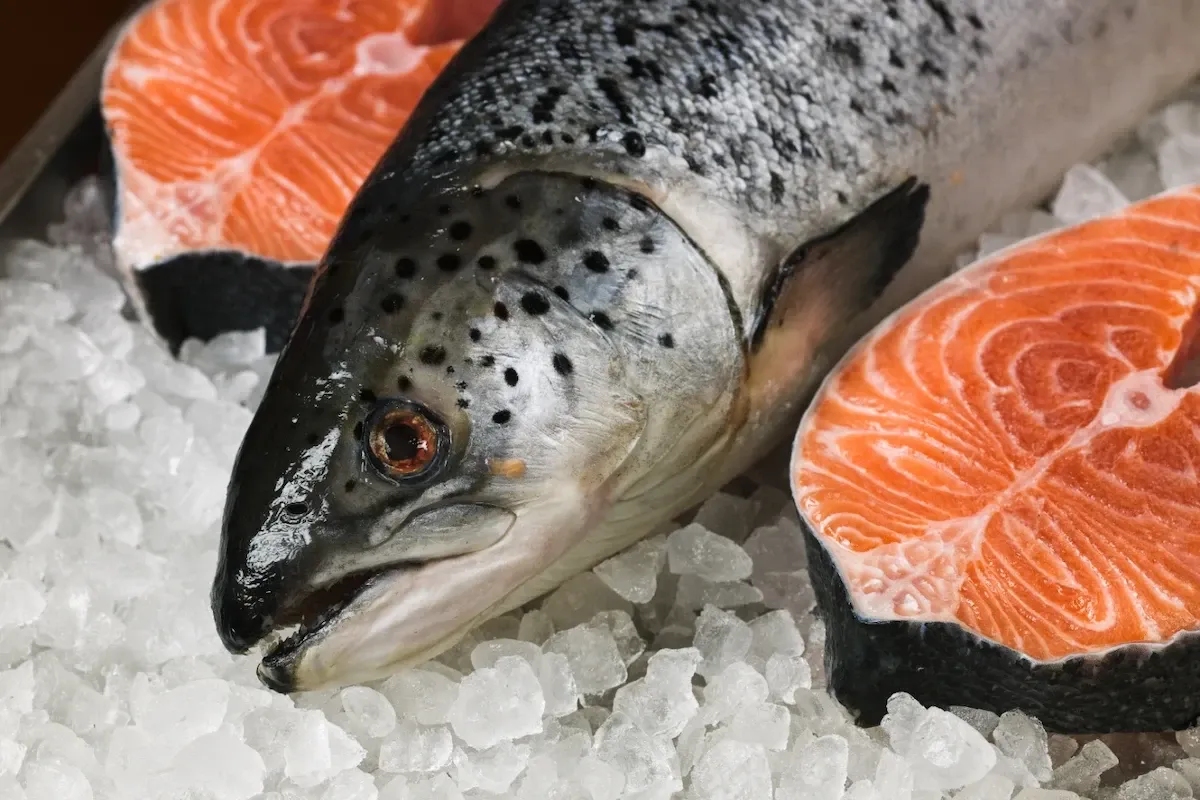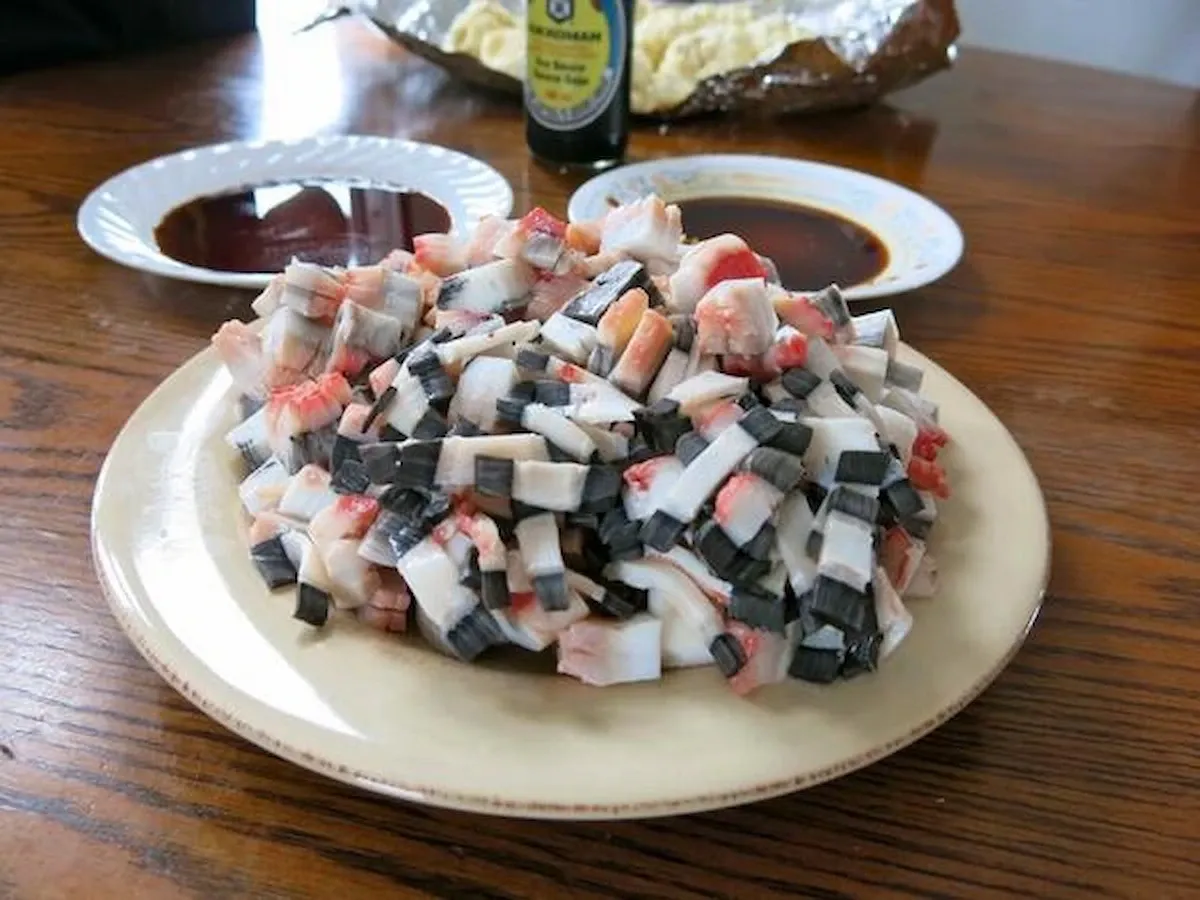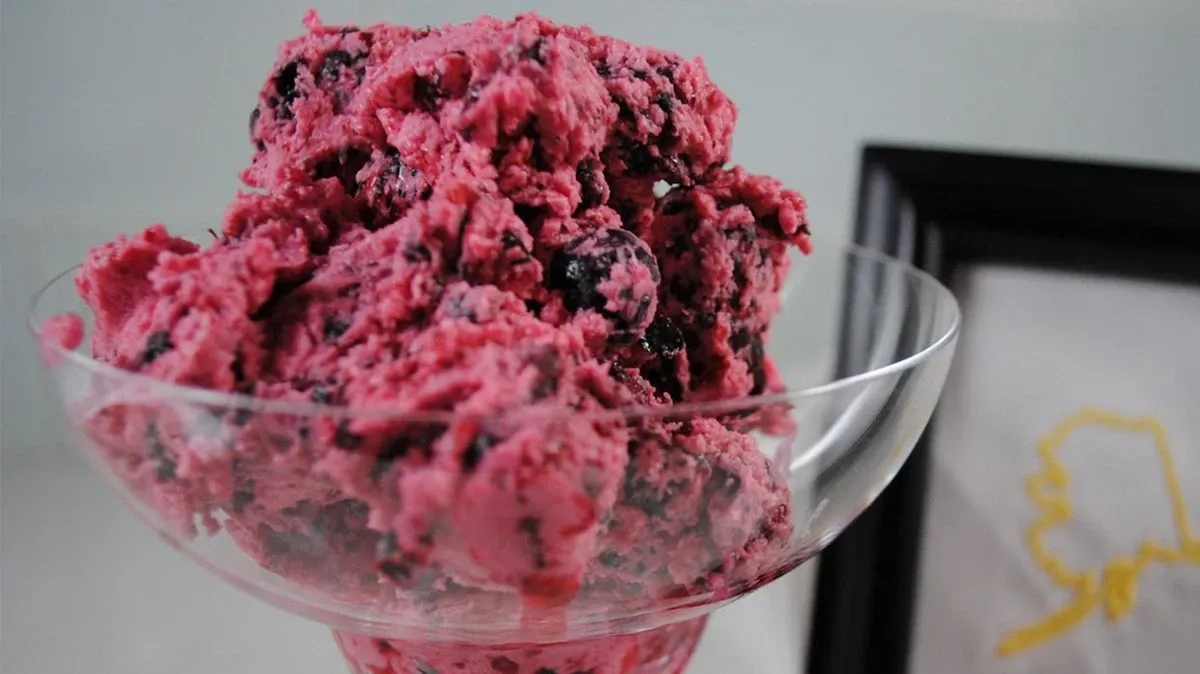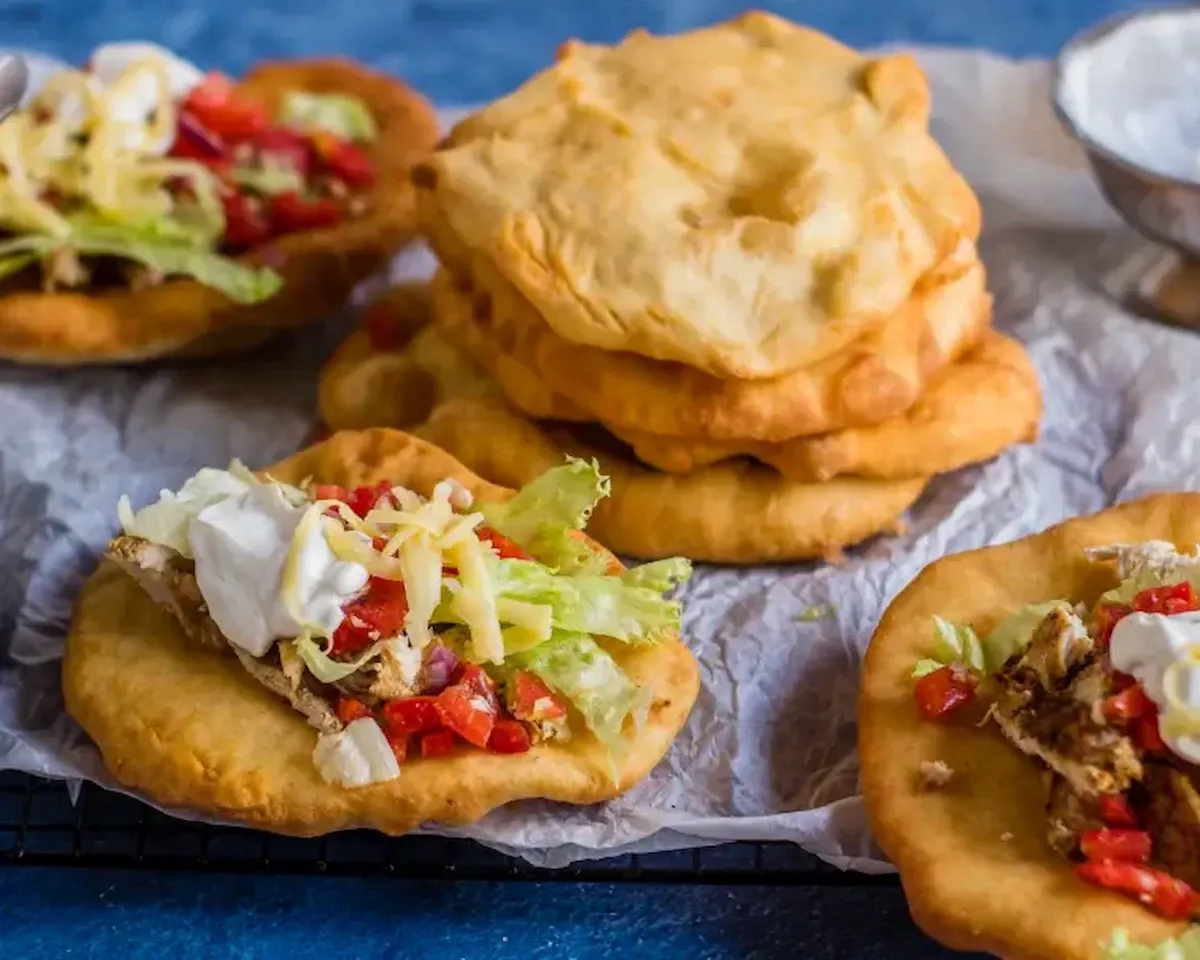Alaska, a land of breathtaking natural wonders, captivates visitors not only with its glaciers, snowy mountains, and the Northern Lights, but also with its rich indigenous culture, particularly that of the Inuit people. To gain a deeper understanding of Inuit life and spirit, there’s no better way than to explore their festive cuisine – a place where traditional flavors blend with unique cultural and historical stories.
Inuit Culture and Food – Identity Amidst the Ice
The Inuit, inhabitants of the harsh Arctic, have developed a unique culinary culture reflecting their close connection to nature and remarkable adaptability. In this extreme environment, where plant sources are scarce, the Inuit diet relies heavily on hunting and fishing, particularly seafood, marine mammals, and wildlife.
Inuit cuisine is not merely about survival; it’s an integral part of their cultural identity, expressed through preparation, consumption, and especially during festivals. For the Inuit, festivals are not just times for fun and entertainment, but opportunities for community bonding, sharing, and celebrating traditional values. And food always plays a central role in these special events.

During Inuit festivals, traditional dishes are not only prepared more elaborately but also carry deep symbolic meaning. They are a bridge between the past and present, between humans and nature, and express gratitude for the sustenance provided by the environment.
Inuit Festive Dishes – Unique Flavors and Cultural Significance
Inuit festival dishes are often made from ingredients characteristic of the Arctic region, such as seal, whale, caribou, salmon, and wild berries. Preparation methods vary widely, from raw, smoked, and dried to boiled and roasted, each dish carrying its own distinct flavor and meaning.
Muktuk – A Culinary Adventure
Muktuk, made from whale skin and blubber, is perhaps one of the most unique and intriguing Inuit dishes. Muktuk is not only a rich source of energy in the cold climate but also a symbol of Inuit courage and adaptability. During festivals, Muktuk is often shared widely, demonstrating community spirit and hospitality.

Akutaq – Unique “Eskimo” Ice Cream
Akutaq, also known as “Eskimo” ice cream, is a unique Inuit dessert made from animal fat (usually seal or caribou), mixed with berries (like blueberries and cranberries), and sometimes fish or sugar. Akutaq is not only delicious but also symbolizes Inuit ingenuity and resourcefulness. During festivals, Akutaq is often made in large quantities and shared, creating a joyful and warm atmosphere.

Smoked Salmon – A Taste of Alaska
Smoked salmon is a staple in Alaskan cuisine in general and Inuit cuisine in particular. Salmon is smoked over alder wood, giving it a distinctive flavor and allowing for long-term preservation. During festivals, smoked salmon is often served to honored guests or given as gifts, expressing respect and hospitality.

Fry Bread – A Cultural Fusion
Fry bread, although not an original traditional Inuit dish, has become a familiar part of the cuisine of many indigenous communities in North America, including the Inuit. The bread has a crispy exterior and a soft interior, often served with honey, berry jam, or stew. During festivals, Fry Bread is a favorite due to its simplicity, ease of preparation, and delicious flavor, appealing to a wide range of palates.

Inuit Festivals – Where Cuisine Thrives
Inuit festivals are often associated with important events in community life, such as successful hunting seasons, spring festivals, celebrations of the sun’s return, or spiritual rituals. During these occasions, food is not only an essential part but also a means of conveying cultural and spiritual values.
Nalukataq – Spring Whale Festival
Nalukataq is the most important festival for the Inuit in Northern Alaska, held in the spring to celebrate a successful whale hunt and give thanks to the sea for providing sustenance. Whale dishes, especially Muktuk, are prepared and shared widely during this festival. Nalukataq is not just a food festival but an opportunity for the Inuit community to express gratitude, connect, and pass on cultural values to future generations.
Summer Festivals – Celebrating Nature and Community
In addition to Nalukataq, the Inuit have many other festivals held in summer, autumn, and winter, each with its own meaning and characteristics. During summer festivals, when the weather is warm and food sources are more abundant, the Inuit often organize outdoor activities, folk games, music, dancing, and of course, lavish feasts. Dishes prepared during summer festivals are often more diverse, including fresh seafood, grilled wild game, and salads made from wild vegetables.

Exploring Inuit festival cuisine is not just a journey of savoring unique dishes, but also an opportunity to delve deeper into the culture, history, and spirit of this extraordinary indigenous community. When visiting Alaska, don’t miss the chance to experience traditional festivals and taste the unique cuisine to fully appreciate the diverse and rich cultural beauty of this land.